Hey fellow dog lovers! 👋
Ever watched a dog bounding after a ball, ears flapping in the wind, and thought, “Wow, I wish my dog did that!”…?
Well, you’re in for a treat because teaching your furry friend to fetch perfectly isn’t some impossible doggy dream… It’s totally achievable!
And guess what?
It’s not just about tiring them out (though that’s a major plus 😉)…
Fetch is so much more than just a game.
Ready to dive in and learn how to make fetch your dog’s favorite pastime?
Let’s get started! 🚀
Why Fetch is a Game Changer for You and Your Dog 🐶
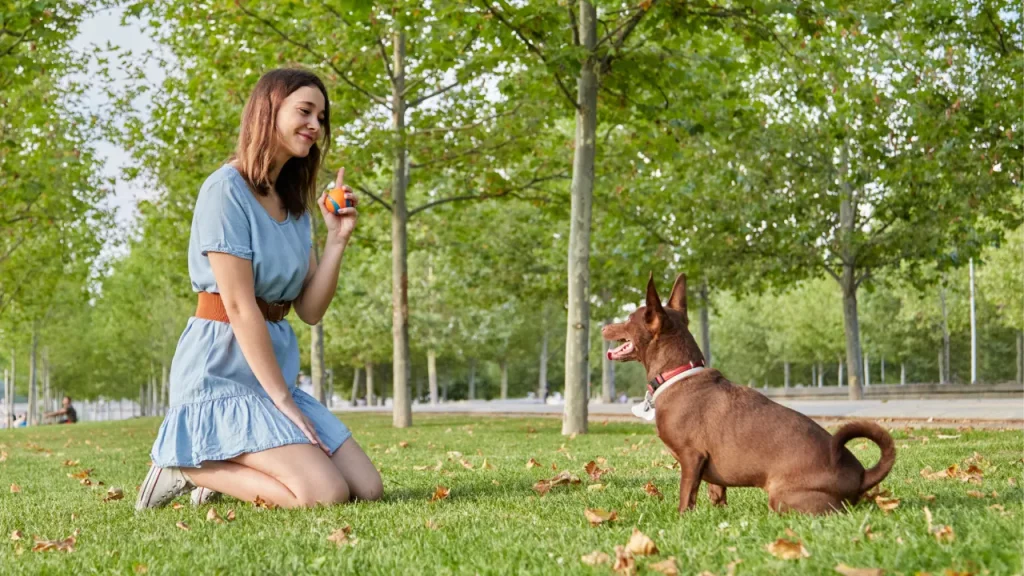
You might be thinking, “Fetch? Is it really that important?”…
Believe me, it is!
Today, we’re watching and reviewing the dog training of Training Positive. A video from Training Positive, with all the information you need to teach your dog to fetch, is at the end of this article.
Teaching your dog to fetch isn’t just a fun trick; it’s a fantastic way to boost their well-being and strengthen your bond.
Let’s look at some of the tail-wagging benefits:
- Efficient Exercise: Life can get busy, right? 🗓️ Fetch is a super efficient way to exercise your dog, especially when time is short. A few rounds of fetch can tire them out quicker than a long, slow walk… Perfect for those days when you’re juggling work, errands, and everything else! 🏃♀️
- Bonding Time: Fetch is interactive! It’s all about teamwork and cooperation between you and your dog. That back-and-forth, the eye contact, the shared excitement… it all adds up to a stronger, happier relationship. ❤️ Playing fetch together builds trust and deepens your connection.
- Beyond Food Rewards: Treats are great, but sometimes you want your dog to work for more than just snacks… Fetch can become its own reward! Once your dog gets hooked on the fun of the game, you can use it as “currency” in training. “Sit nicely, and then we’ll play fetch!”… See how that works? 😉
- Useful Skills for Working Dogs: Think about it… Fetch is basically teaching your dog to hold, carry, and drop objects on command. These are essential skills for many working dogs. Even if your dog is just a beloved pet, these skills can be surprisingly useful in everyday life… Imagine asking them to bring you your slippers! 🤩
See? Fetch is way more than just throwing a ball around!
Now, let’s get into how to teach this amazing game…
The Secret? Break It Down! 🧩
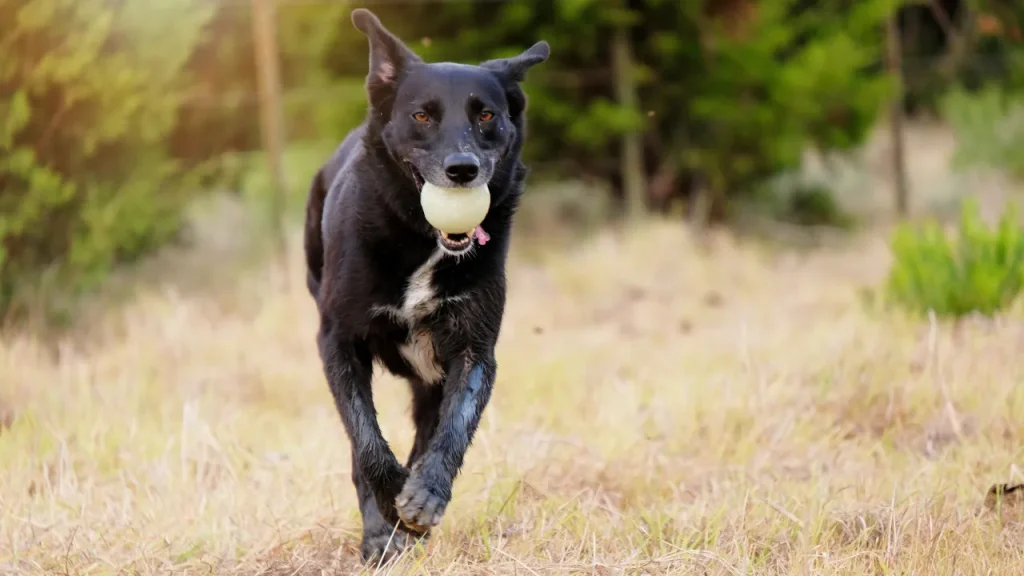
Okay, so you’re convinced about the benefits…
Awesome! Now, let’s talk technique.
The key to teaching fetch perfectly is to break it down into small, manageable steps.
Think of it like building with LEGO bricks…
You start with individual pieces and gradually put them together to create something amazing! 🧱
Teaching fetch is all about building blocks of behavior.
It’s really important to go at your dog’s pace.
Just like people, every dog learns differently and at their own speed. What works for one dog might not work for another…
And that’s totally okay!
Don’t be tempted to rush ahead, especially if your dog is a bit… shall we say… unreliable with their fetch. 😂
Patience is your best friend here.
Trust me, taking it slow and steady will pay off big time in the long run.
So, what are these “building blocks” of fetch?
Let’s break it down into four simple parts:
- Go: The dog needs to go to the object. 🏃♂️
- Hold: The dog has to pick up and hold the object. 👄
- Carry: The dog carries the object back to you. 🚶
- Give: The dog gives the object back and lets go. 🤝
Simple, right? Let’s tackle each part step-by-step…
Step 1: Mastering the “Hold” 🧸
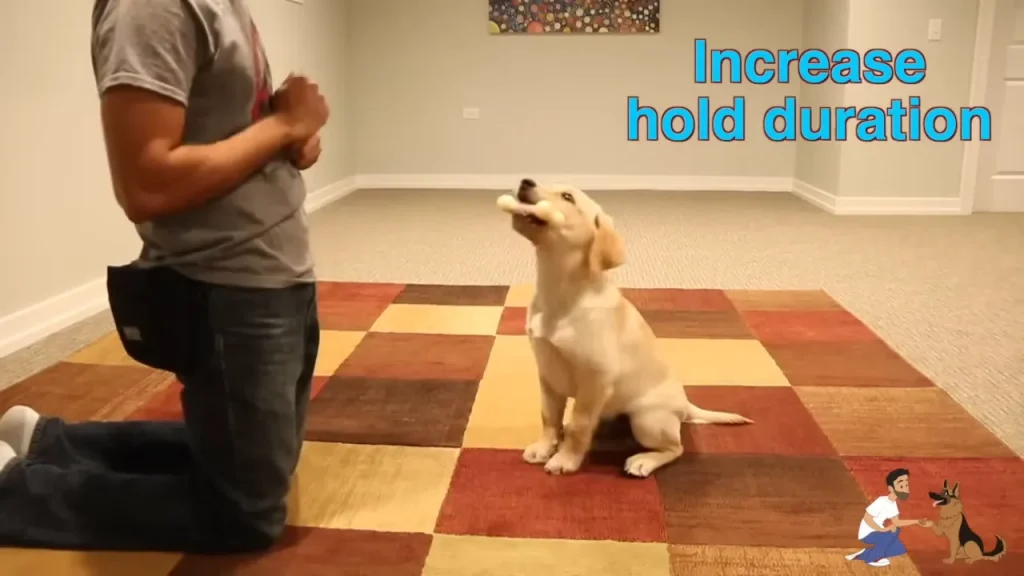
First things first, we’re going to teach your dog to simply hold an object in their mouth.
Start with something easy for them to manage.
Maybe their favorite toy, or a soft, dog-friendly object they already enjoy carrying around.
Think about what Winston, my Labrador, loves to chew on… Mr. Moose, his soft toy, would be perfect for him! 🐶
In your first training sessions, keep it super simple.
Just reward any interest your dog shows in the toy.
Generosity is key at this stage! If they sniff it, touch it with their nose, mouth it even for a second…
Treat, praise, repeat! 🎉
We’re building positive associations here.
Remember to be generous with rewards in these early sessions.
Reward, reward, reward!
Aim for at least five to ten repetitions of each small step before asking for more.
You want to build a really solid foundation.
Think of it like this: you’re making learning fun and rewarding right from the start! 😄
Step 2: Hold it for Longer! ⏳
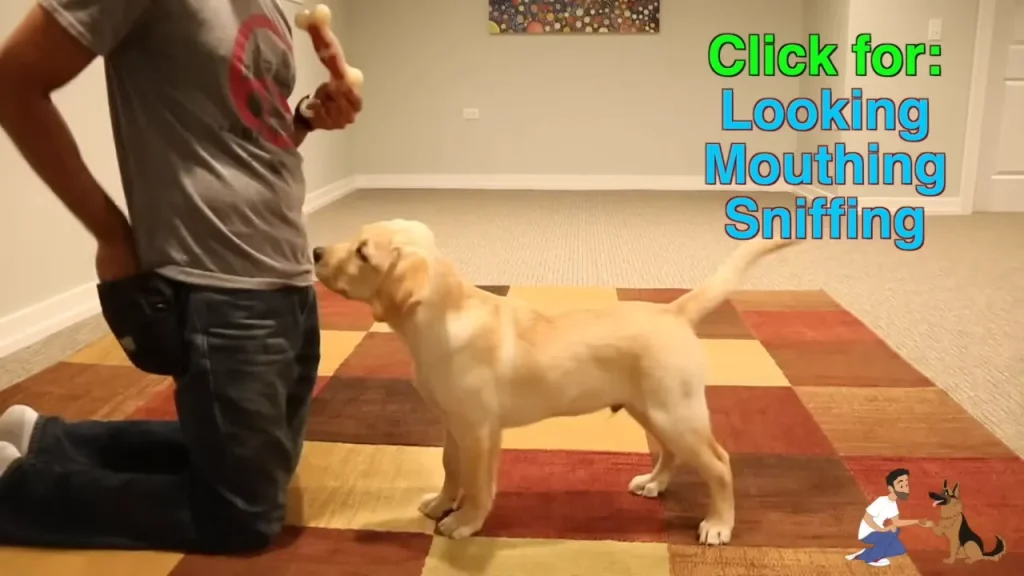
Once your dog is consistently mouthing or grabbing the object, it’s time to gently increase the duration they hold it.
Start asking them to hold it for just a second or two, then gradually increase the time.
“Take it… Good boy! … Good boy!”
Keep the praise coming! 👏
Slowly build up the holding time, rewarding them for each small increase.
This is where patience really comes in handy.
Don’t rush this step!
You want your dog to be completely comfortable holding the object before moving on.
Step 3: Introducing the “Give” Cue 🗣️
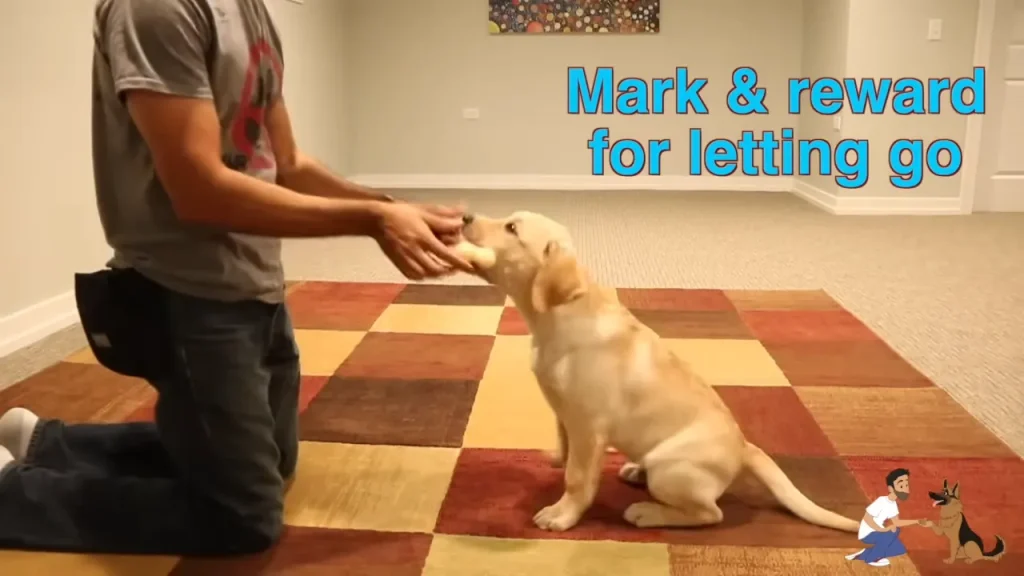
Now for the “give” cue!
This is where you teach your dog to release the object.
Instead of just rewarding them for holding it, now we’re going to ask them to let go.
Say your “give” cue (you can use “give,” “drop,” “release,” whatever word you prefer!)… and encourage them to let go of the toy.
The moment they release the object, even if it just drops to the floor, mark the behavior with a “yes!” or “good!” and reward them instantly.
At this stage, dropping it on the floor is perfectly fine.
We’re just teaching them the difference between “hold” and “give.”
We can refine the delivery later.
If your dog is a little reluctant to let go (some dogs are very possessive of their toys! 😉), you can use a little trick.
Entice them with a yummy, smelly treat held right in front of their nose.
Often, the lure of food is enough to encourage them to drop the toy. 🍖
Step 4: Adding Distance and Movement! 🚀
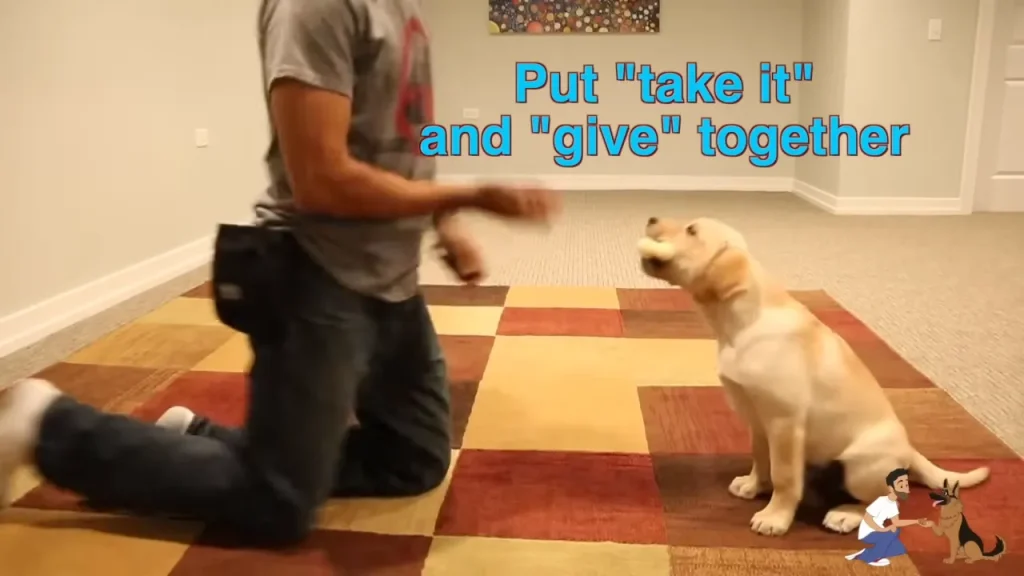
Congratulations!
You’ve got a solid “take it” and “give”!
High five! 🖐️
Now it’s time to add some distance and get your dog moving!
Start by encouraging them to walk just a step or two towards you while holding the object.
“Fetch, Winston, fetch!” I might say, tossing Mr. Moose a short distance.
Gradually increase the distance you throw the object, rewarding them every time they bring it back to you.
Keep it fun and positive!
Lots of praise and happy encouragement will keep your dog motivated and eager to play. 🎉
Step 5: Variety is the Spice of Fetch! ⚽️
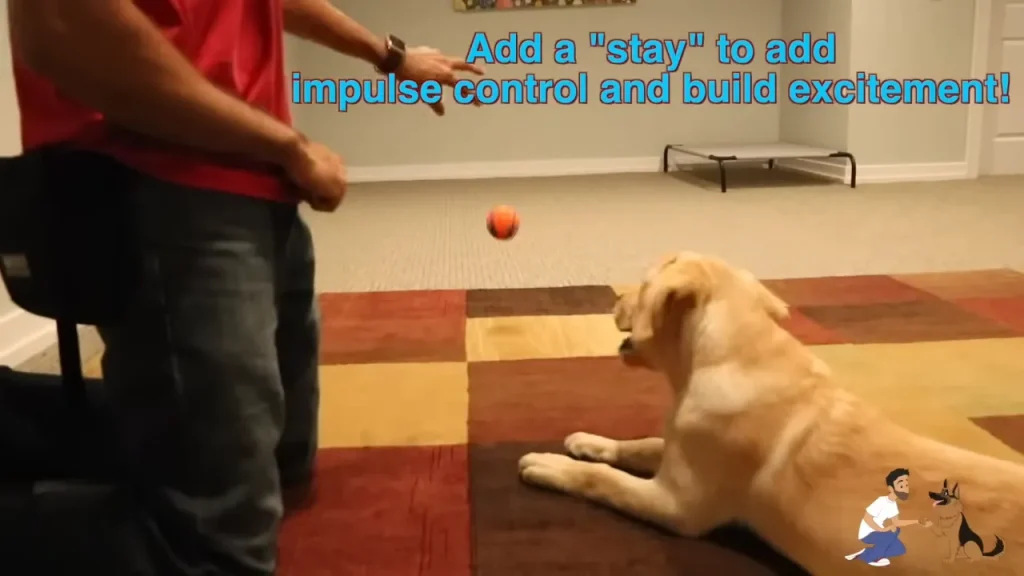
Once your dog is happily fetching the same object consistently, it’s time to introduce new toys!
Don’t be surprised if you have to go back a step or two when you introduce a new object.
It’s all part of the learning process.
Think of it as “generalizing” the behavior.
You’re helping your dog understand that “fetch” isn’t just about one specific toy; it’s about any object you throw! 🎾
You might need to revisit step one (just rewarding interest in the new object) with each new toy.
That’s perfectly normal!
Just be patient and consistent, and your dog will soon understand that fetch is fetch, no matter what you throw.
Step 6: Fetch in the Real World! 🏞️
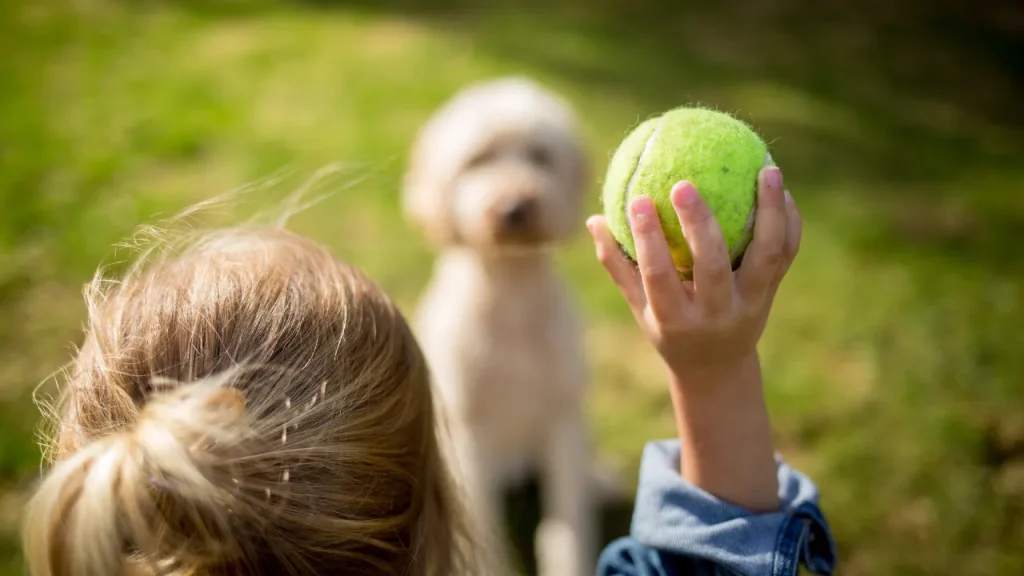
Now for the exciting part: taking fetch on the road!
Start practicing in different environments.
Your backyard, the park, even indoors…
New places mean new distractions!
This is where you really solidify your dog’s understanding of fetch. 🌳
Introduce distractions gradually.
Start with slightly busier environments, and then work your way up to more challenging settings.
This will help your dog learn to focus on you and the game, even when there are other exciting things happening around them.
The Ultimate Secret: Make it Fun! 🥳
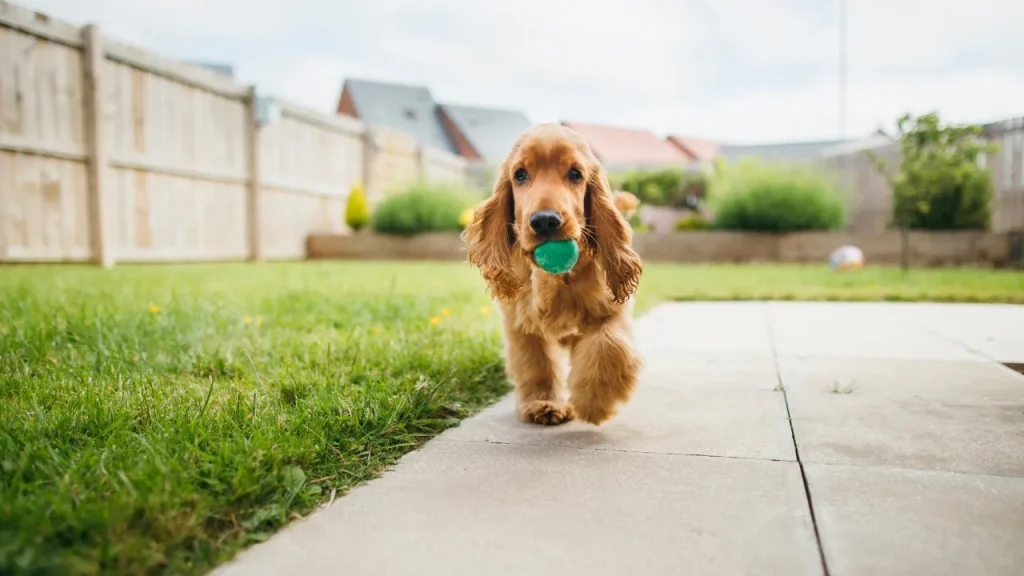
The real secret to a perfect fetch?
Make it the most fun game ever for your dog!
By using shaping techniques, like we’ve discussed, you’re keeping your dog engaged and motivated throughout the entire process.
When fetch is fun, your dog will be eager to play, and that’s when the magic happens! ✨
Teaching fetch this way isn’t just about getting your dog to retrieve an object.
It’s about teaching them to learn, to problem-solve, and to think!
You’re not just training a behavior; you’re building a smarter, more engaged, and happier dog.
And who wouldn’t want that? 🥰
So, grab a toy, get outside, and start playing fetch with your best friend!
You’ll be amazed at how quickly they learn and how much fun you’ll both have. Happy fetching! 🐾
Find out more at: Dog Training Tutorials
- Secret to a Show-Stopping Maltese? Unleash Your Inner Groomer! – March 26, 2025
- 10 Hilarious Dog Memes You Need to See – March 24, 2025
- A New Leash on Life: Rocky the Gentle Giant Finds His Forever Home – March 23, 2025

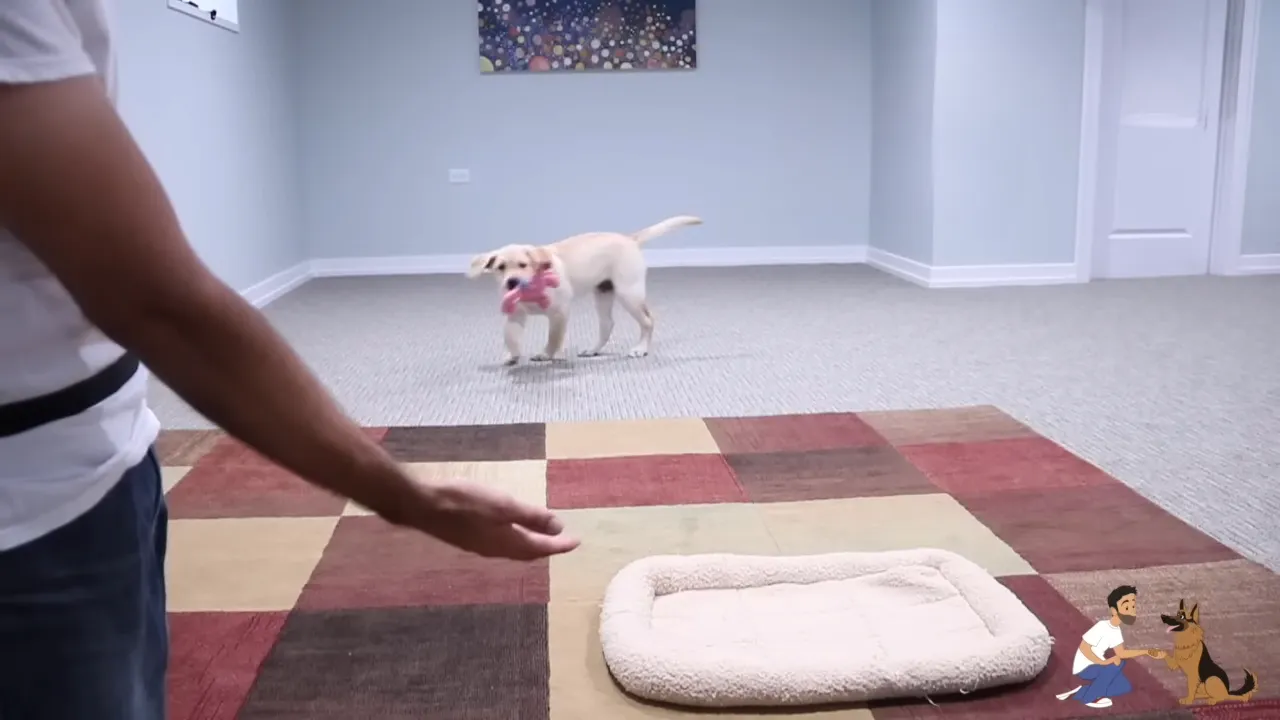
12 responses to “Unlock the Joy of Fetch: A Simple Way to Perfecting Your Dog’s Retrieve!”
sans ordonnance kamagra pharmacie emplette contre
est-il légal d’acheter en ligne le kamagra au canada
cheap enclomiphene generic uk buy
enclomiphene no script fedex
buy canadian androxal online
purchase androxal cheap uk buy purchase
cheap flexeril cyclobenzaprine price discount
ordering flexeril cyclobenzaprine mastercard buy
buy cheap dutasteride american pharmacy
comprar dutasteride en bilbao
cheap gabapentin generic is it safe
how to buy gabapentin buy for cheap
online order itraconazole usa where to buy
Where to buy itraconazole online overnight
cheapest buy fildena generic side effect
how to order fildena buy in london
get staxyn
staxyn online next day shipping
cheapest buy avodart australia pharmacy
cheapest buy avodart price dubai
online order rifaximin generic a canada
cheapest buy rifaximin canada how to buy
kamagra australský legální dovoz
koupit kamagra bez předpisu